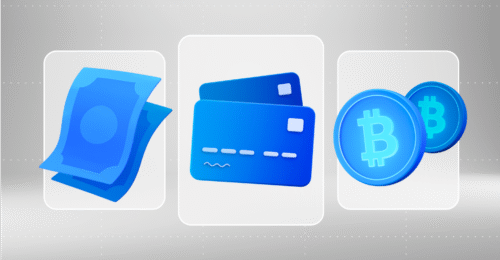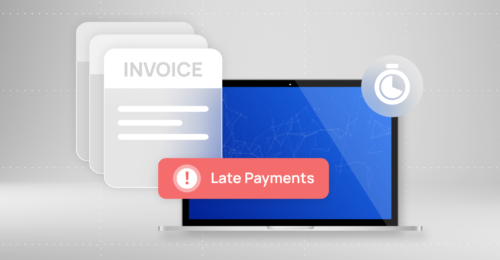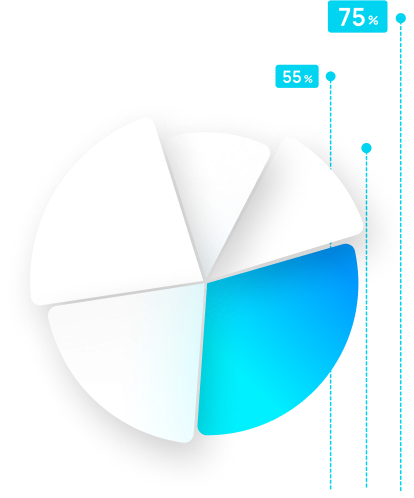- Payment gateway
- Blog
- Key Strategies of Payment Streamlining and Growth Acceleration in 2025
Key Strategies of Payment Streamlining and Growth Acceleration in 2025
As we move into 2025, the pressure on business to be fast, precise, and innovative has never been greater. Companies are operating a multi-dimensional environment, defined by speeding digitalisation, shifting drivers of the economy, and rising customer expectations. Against this context, the payments function has changed far more than the transactional. Today, payment system optimisation isn’t just about efficiency, it’s about growth potential. Secure, efficient, and smart payment infrastructure boosts commercial relationships, improves cash flow, eradicates operational inefficiency, and builds trust throughout the value chain. Businesses that are changing how they earn, send, and receive money are positioning themselves for success, even in rough times. In this article we will find out how to effectively optimise payments and stimulate business growth in 2025.
Previously, payments were viewed as a static but essential component of finance and procurement. As long as the suppliers were paid and money was coming in, there was no need to do anything more. But in 2025, such an approach is quickly becoming old-fashioned. The payment experience today influences customer loyalty and vendor retention through employee commitment. Companies are realising that a bad payment experience can dismantle trust faster than almost any other operational issue. Seamless payments create more durable relationships and the possibility to scale exists. But slow payments, error-filled payments, and unclear payments combine reputational and financial costs.
In fact, nearly nine in ten of business leaders agree that streamlined and secure payments are a key factor in driving growth in a dynamic market environment. The sentiment is echoed by consumers, 94% say they’re happier using more streamlined methods. Optimised payments have become a competitive advantage.
The Real Cost of Inefficient Payments
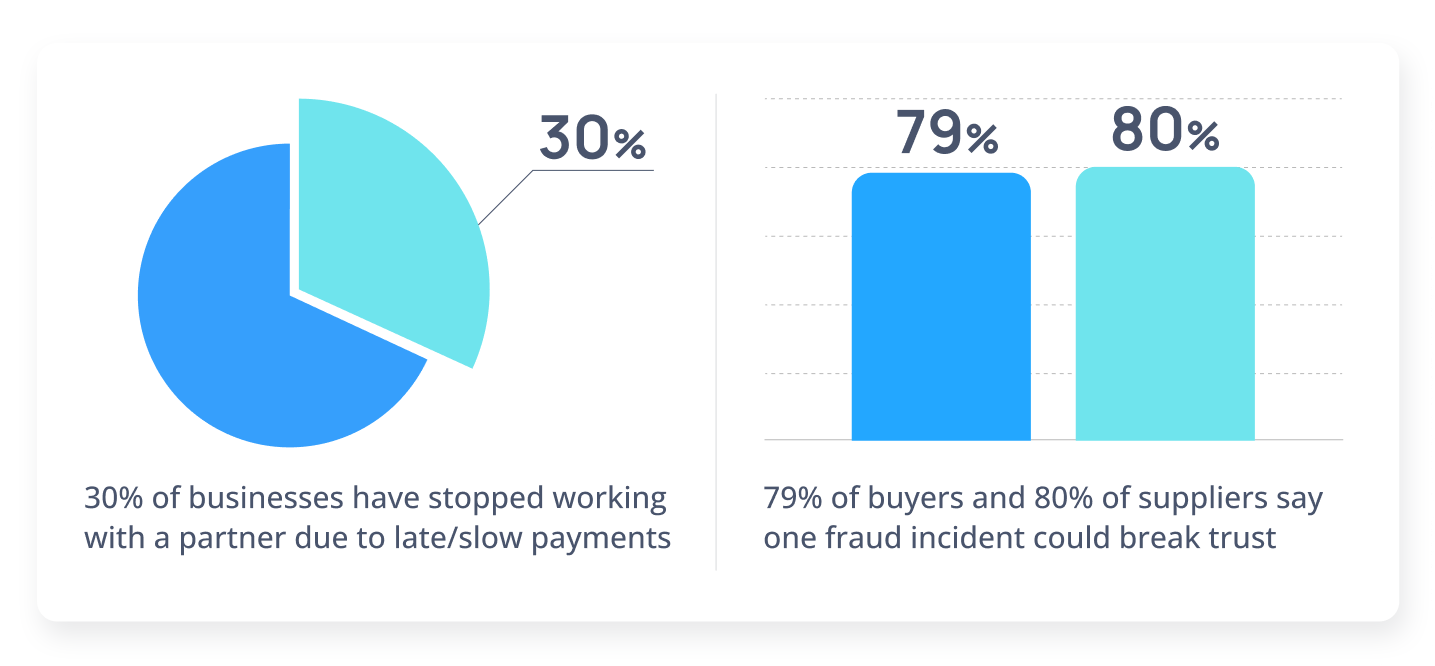
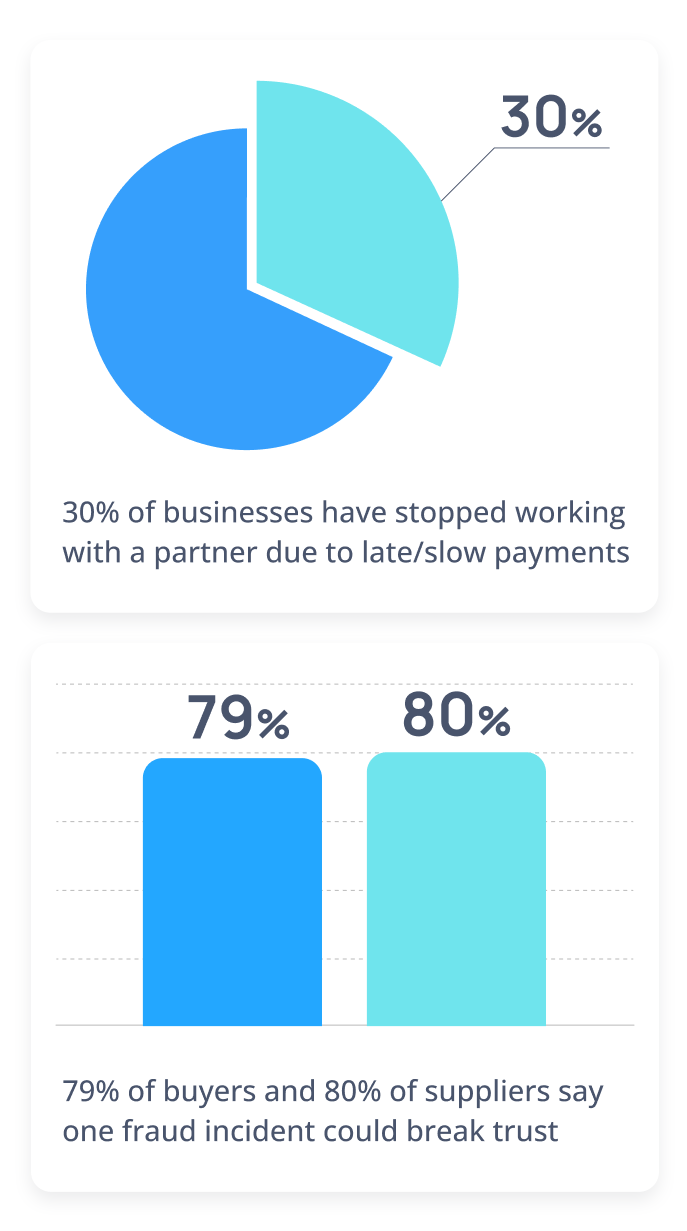
Not optimising payments is more than reconciliation hours lost. It is lost deals, lost suppliers, stressed partners, and legal exposure. The majority of businesses today still possess legacy processes that are too heavily reliant on manual intervention. Invoices are issued via spreadsheets, payments are approved across several offline channels, and monitoring is conducted by following email threads manually. These inefficiencies lead to:
- Delayed settlements;
- Error rates escalate;
- Higher risk of fraud;
- Wasted employee time;
- Inability to scale internationally.
According to recent data, 30% of business leaders have stopped working with a partner due to late or slow payments. Furthermore, four in five respondents say that a single fraud incident relating to payments could significantly damage trust with buyers and suppliers.
Additionally, 27% of decision-makers admit they spend too much time managing payments, highlighting the ongoing drag on internal resources caused by manual processes.
Optimised Payments’ Benefits
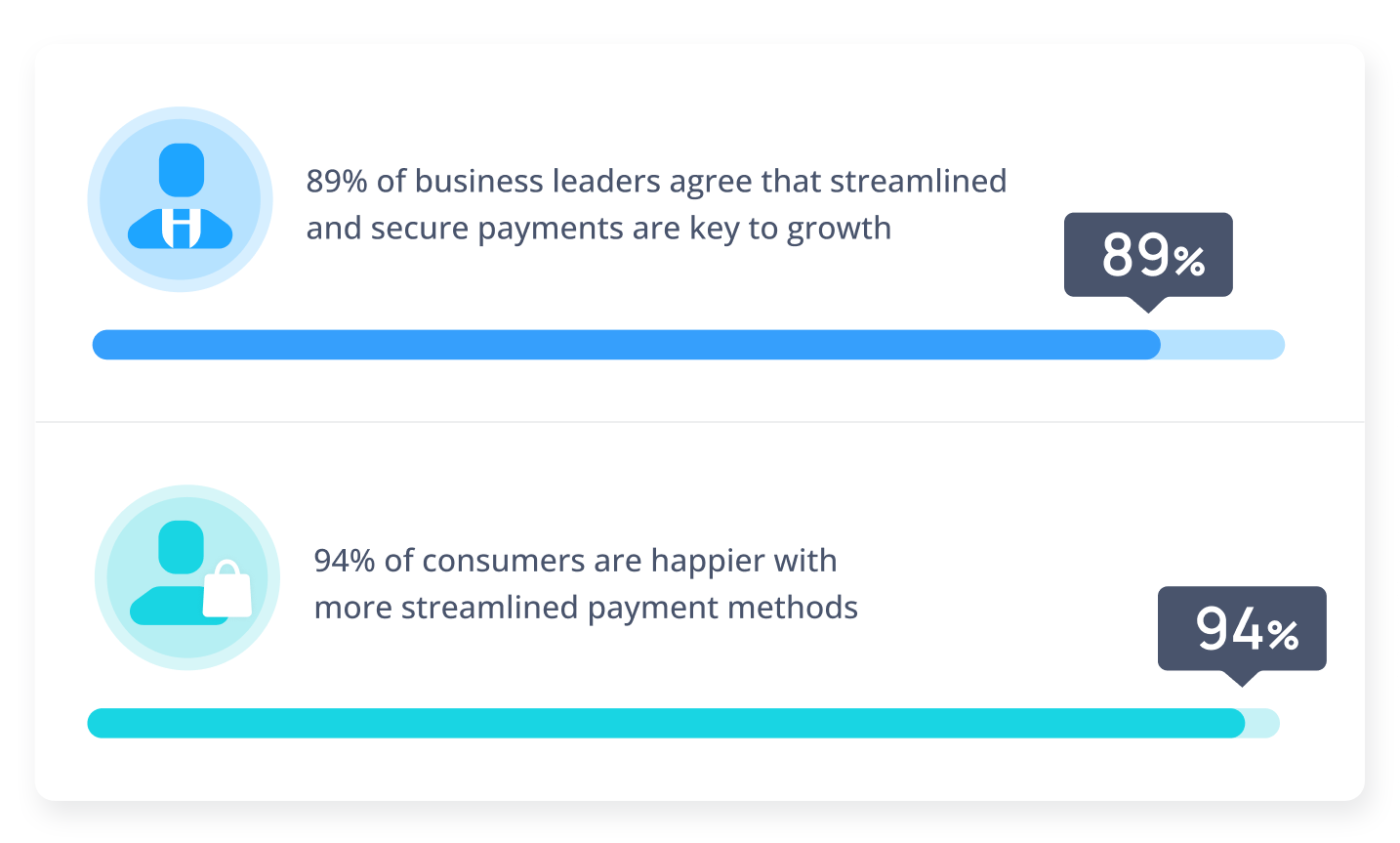
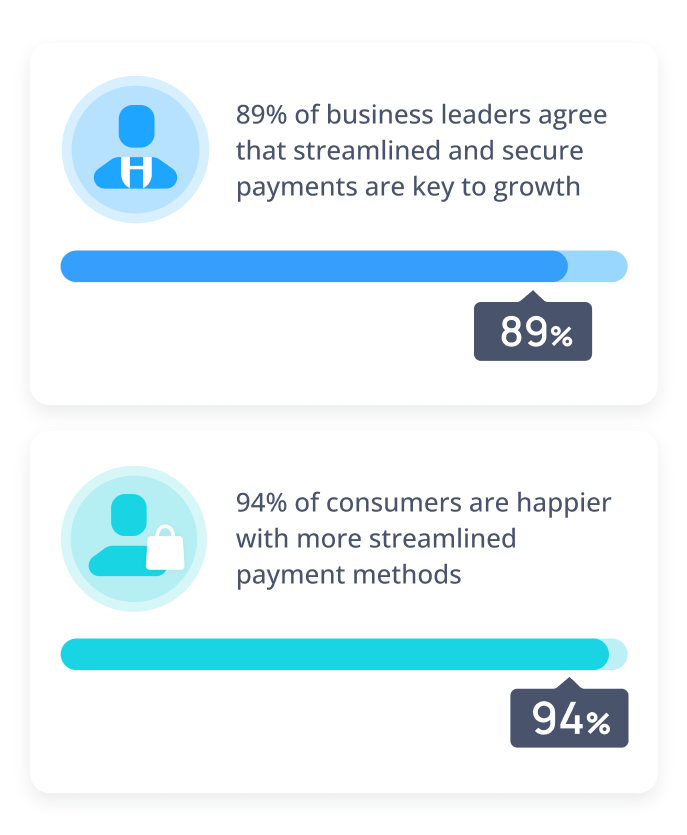
Organisations that have successfully implemented payment optimisation are reaping rewards much broader than finance. Well-designed payment systems are indeed becoming a key component of success. The principal benefits are:
More Control Over Cash Flow
Contemporary payment systems provide immediate insight into cash flows, enabling businesses to better plan. Be it collections or payments approval, finance teams can access dashboards and real-time data, eliminating guesswork and instead employing certainty to predict.
Time and Cost Savings
By automating repetitive work, companies reduce the amount of handwork that is burdened on their accounting workforce. It not only saves time, but frees skills to be applied to more significant tasks like planning and analysis. It reduces dependency on imperfect hand processes as well. In fact, 25% of respondents cite time savings as a key benefit of automation.
Fewer Errors, More Accuracy
Computer applications limit human error in data entry, invoicing, and reconciliations. This results in better financial reporting and erases costly disputes. 34% of leaders highlight reduced errors as a major outcome of payment automation.
Improved Relationship Management
Timely and consistent payments establish trust between suppliers and business partners. A trustworthy company is a preferred customer and receives excellent service and enhanced bargaining power.
Advanced Fraud Protection
Seamless verification and fraud detection processes reduce payment forgery risk. From two-factor authentication to anomaly detection using advanced security features, new systems provide levels of protection. In a high-risk landscape, this is critical to maintaining partner confidence.
Improved Customer Experiences
When payments are easy, whether to consumers or to B2B customers, the overall experience is improved. Easy, secure, and seamless payment flows can result in satisfaction and loyalty. This aligns with findings that 94% of consumers prefer streamlined payments, showing a direct link between financial operations and brand perception.
What Does Payment Optimisation Look Like in 2025?
For most companies, optimisation starts with automation. But outside of this automation, 2025 is defined by a set of new tools and techniques that transform payment processing. Below are strategies to observe:
Automate Accounts Payable and Receivable
AP and AR automation consists of invoices being issued, sent, received, and matched with little or no human involvement. It eliminates delay and facilitates reconciliation.
Enable Straight-Through Processing
Straight-through processing allows payments to be made by finalisation without human involvement. It is best suited for high-volume or recurring payments and improves speed and accuracy.
Implement Electronic Invoice Presentment and Payment
EIPP systems allow companies to electronically handle invoicing and payment from inception through completion. This speeds up collections, minimises paperwork, and decreases the potential for disputes.
Implement Digital Push Payments
Push payments enable the sender to control the timing and amount of the payment. They are best suited to disbursements, refunds, and supplier payments that require agility and traceability.
Streamline Internal Approval Workflows
Approval bottlenecks are the cause of most delays. Streamlining authorisation chains with digital workflows can recover hours or days from the payment cycle.
Leverage Smart Data for Forecasting
Having all the payment details in one location, companies can identify trends and areas where efficiency can be lost. This does not just aid in cash flow forecasting but also uncover space to cut costs or renegotiate.
While all the above can be carried out in-house, it is more convenient and quicker for businesses to accomplish with the help of a trusted and secure payment gateway provider. Such partners offer pre-integrated solutions, advanced fraud protection, integration, and entry to real-time payment networks. Rather than creating a payment infrastructure from scratch, by utilising a specialist provider companies are gaining access to best-of-class technology, all without having to employ a large in-house team. It also offers scalability, as requirements shift due to growth or expansion.
Overcoming the Barriers
Nevertheless, adoption is unequal. The most prominent reasons cited as concerns by businesses are cost and security. These typically result from myth or ignorance, however. In fact:
- Front-end costs are compensated for through cloud computing;
- Most automated platforms have tiered fees to enable access by SMEs;
- Built-in security features will in most instances be better than average environments;
- Return on investment will typically be realised within a matter of months from lower costs and lower error rates.
Despite these advantages, only one in seven businesses have fully automated their payment processes, while another one in seven haven’t automated at all, largely due to concerns around cost and security.
One of the reasons for resistance is also fear of the perceived complexity of the change. Managers are worried that system modernisation will be disruptive. But in virtually all cases, deployment can be phased in stages, starting with one function and incrementally building on it.
With more competitive markets and more intelligent customers, companies cannot afford to waste time, money, and goodwill on inefficiency. Payment systems must do more than keep up. A streamlined payments company can:
- Process and make payments faster;
- Make smarter financial decisions;
- Have improved relationships;
- Protect against fraud;
- Enter new markets more conveniently.
Conclusion
Payment simplification in 2025 is not just a finance function initiative. The drivers are those that make payments a point of leverage: for trust, for efficiency, and for long-term growth. By optimising the payment functions, businesses can maximise their efficiency, grow payment conversion, and grow their operations. Perhaps most tellingly, 28% of business leaders admit they would sleep better at night knowing their payments were automated, on time, and accurate. The key idea business owners should consider is this: payments can slow down your business or boost it. The choice is up to you.
Sources:
- Transferty’s Internal Analytics;
- American Express “Amex Trendex: B2B Payments Edition.”
